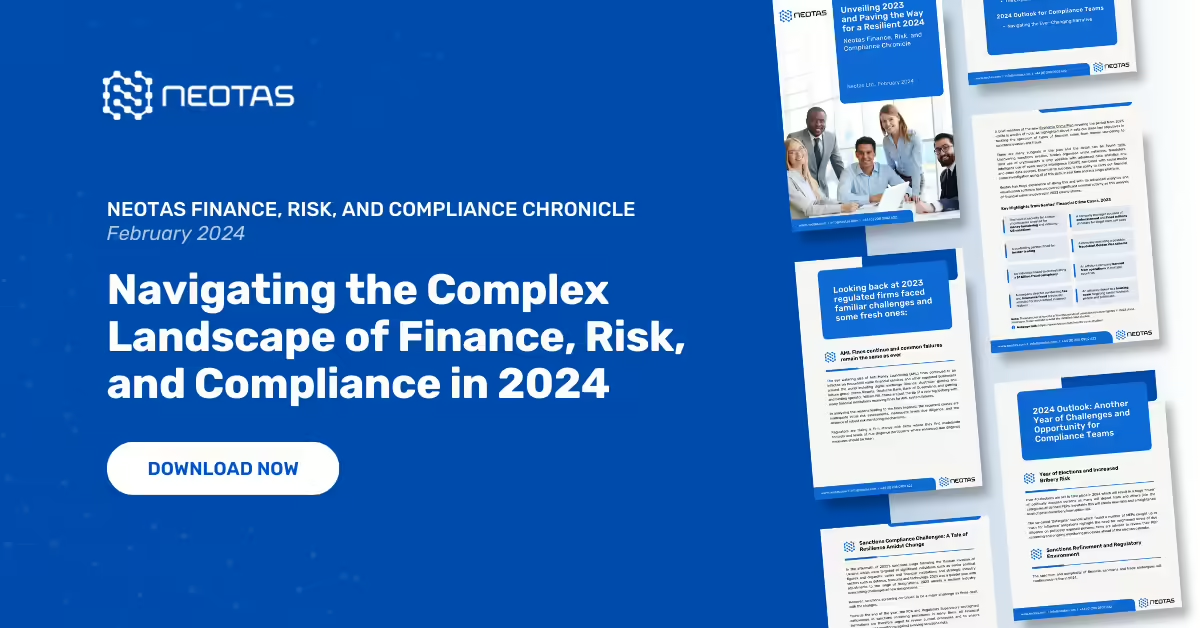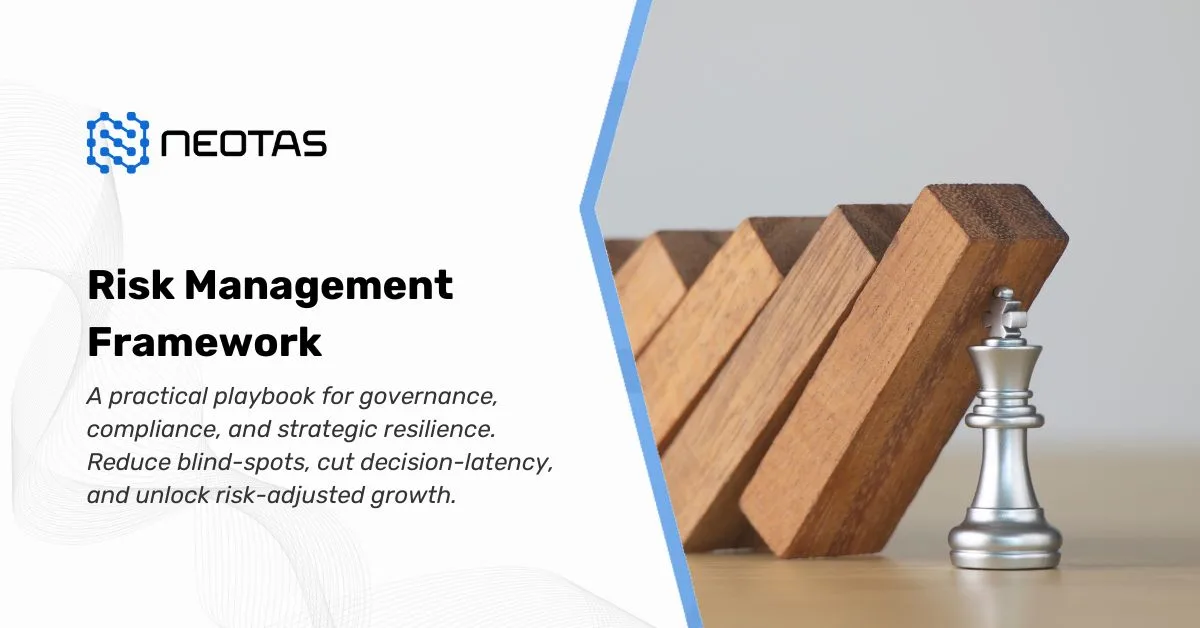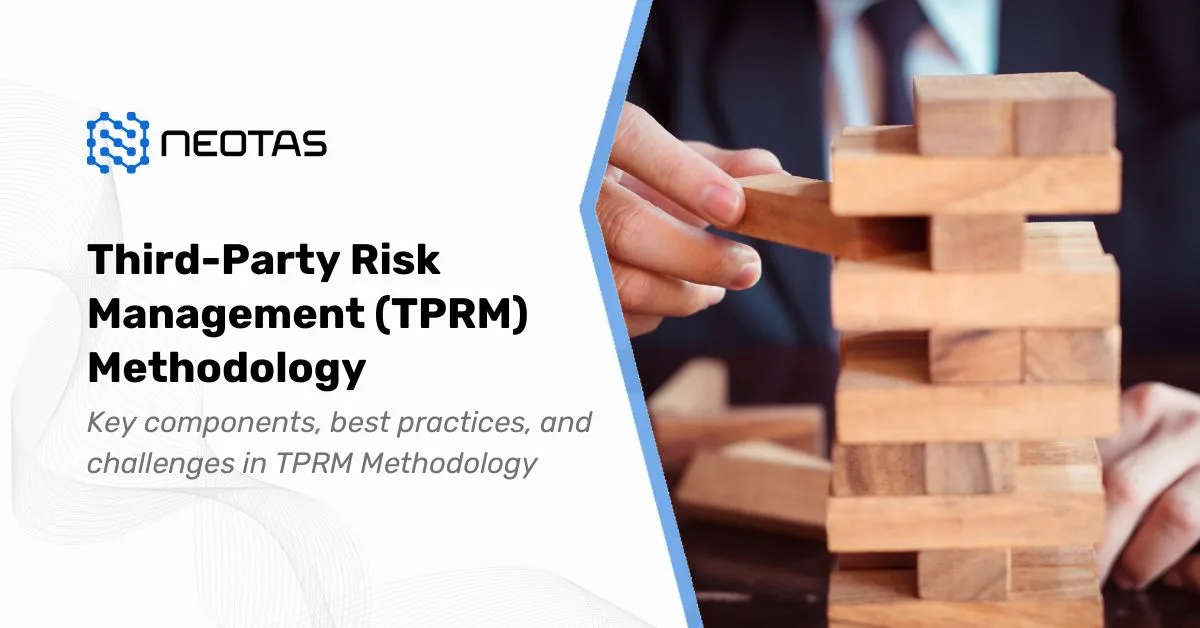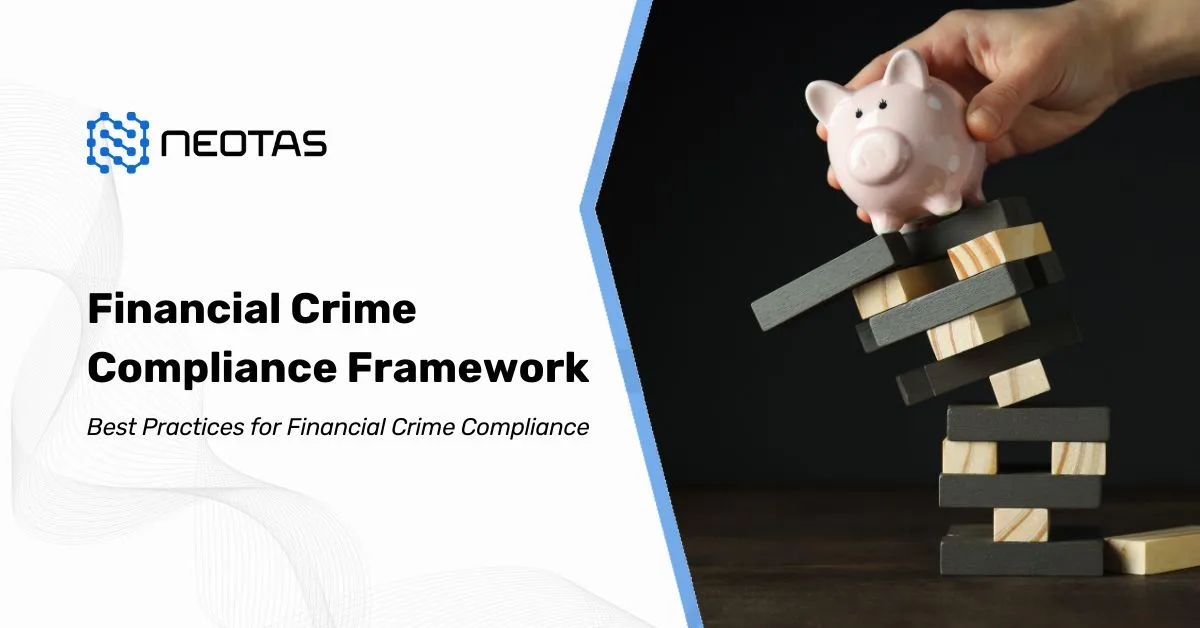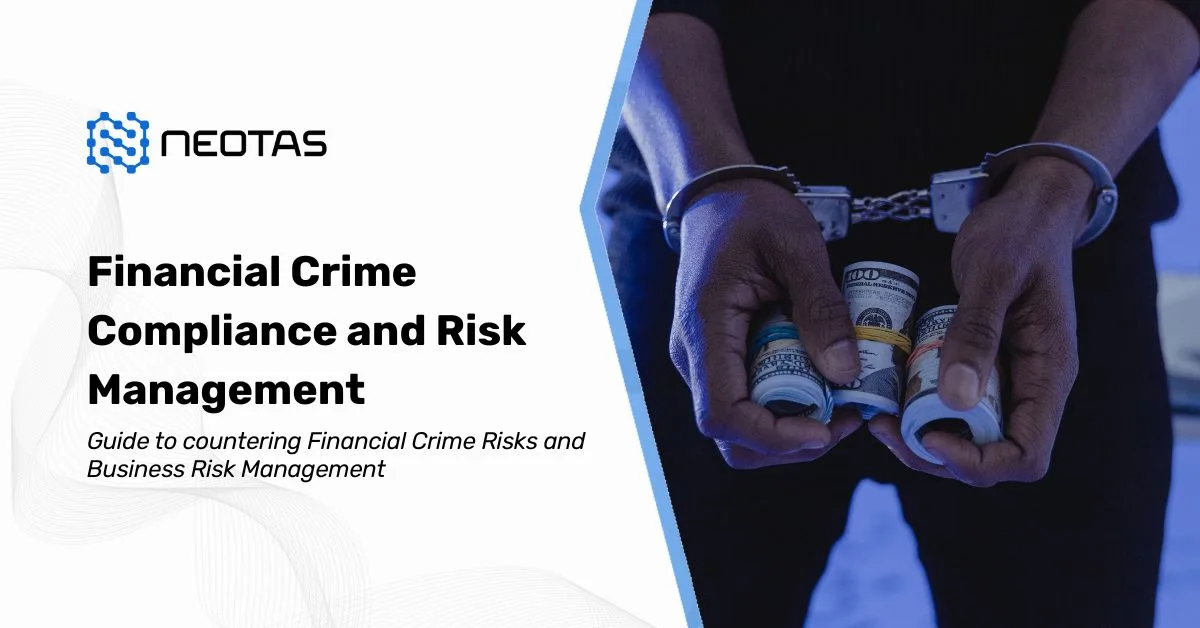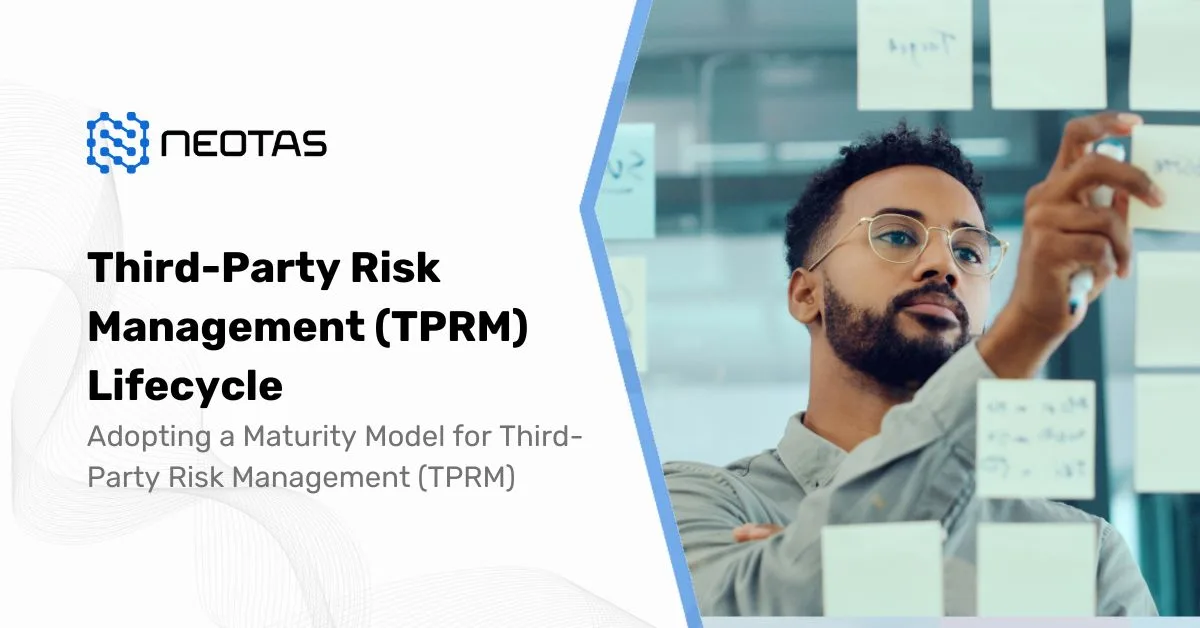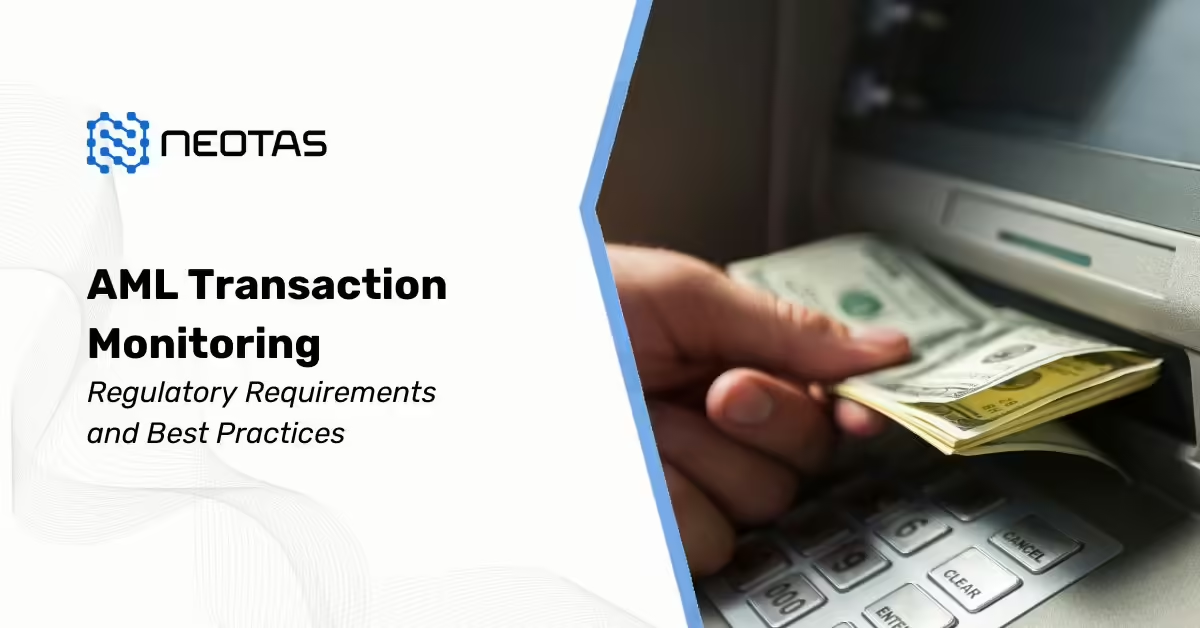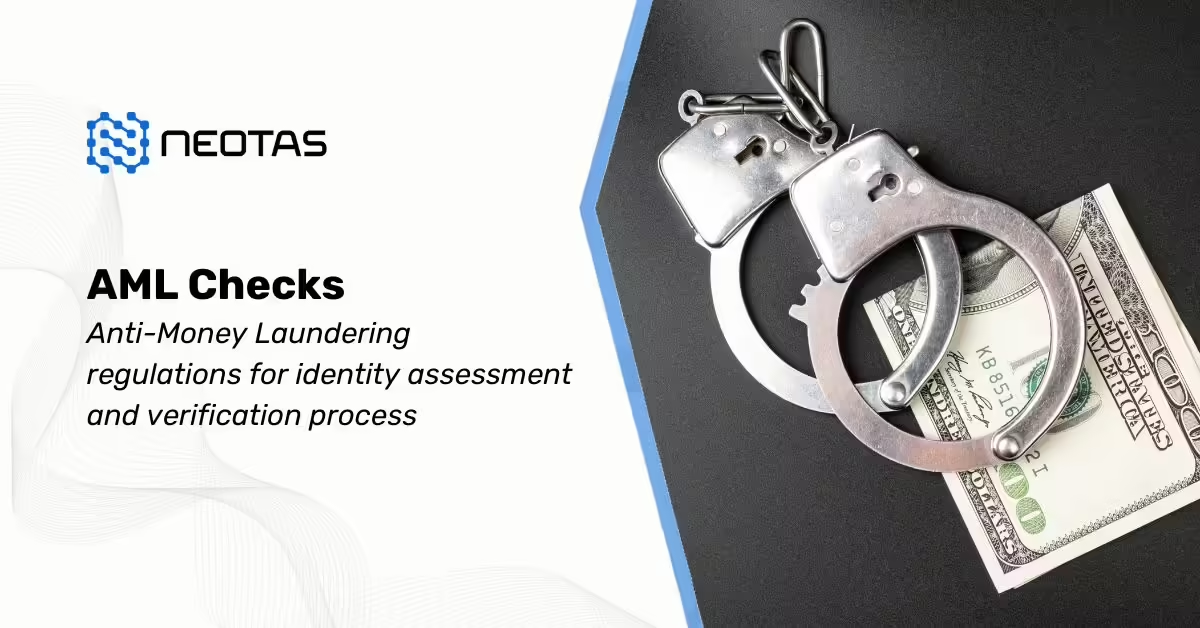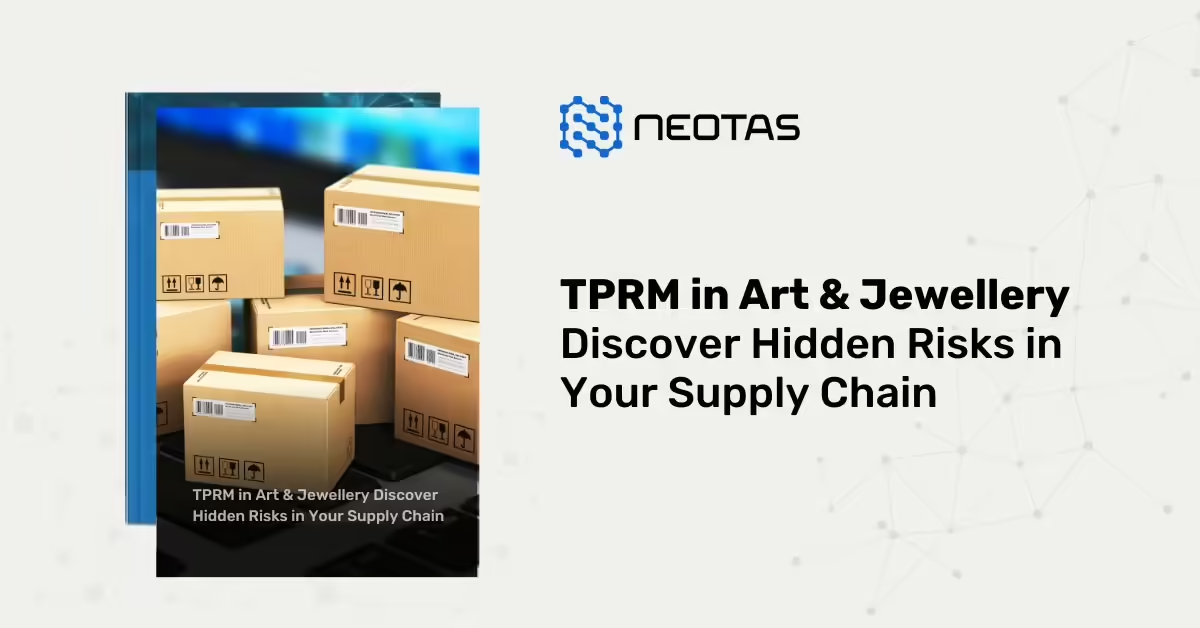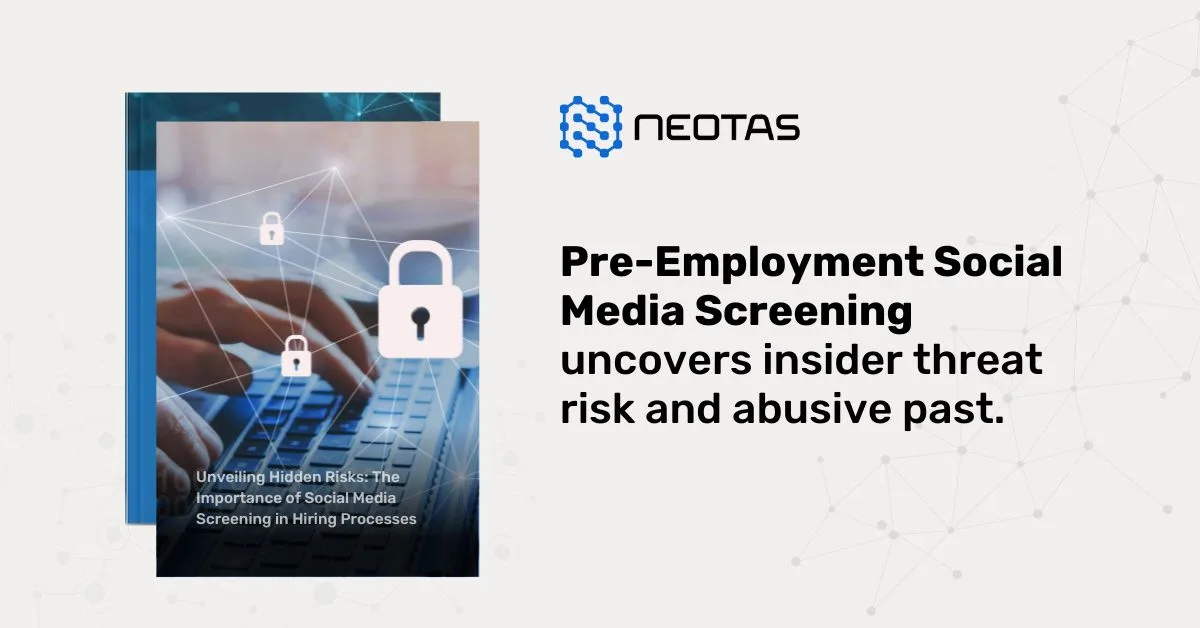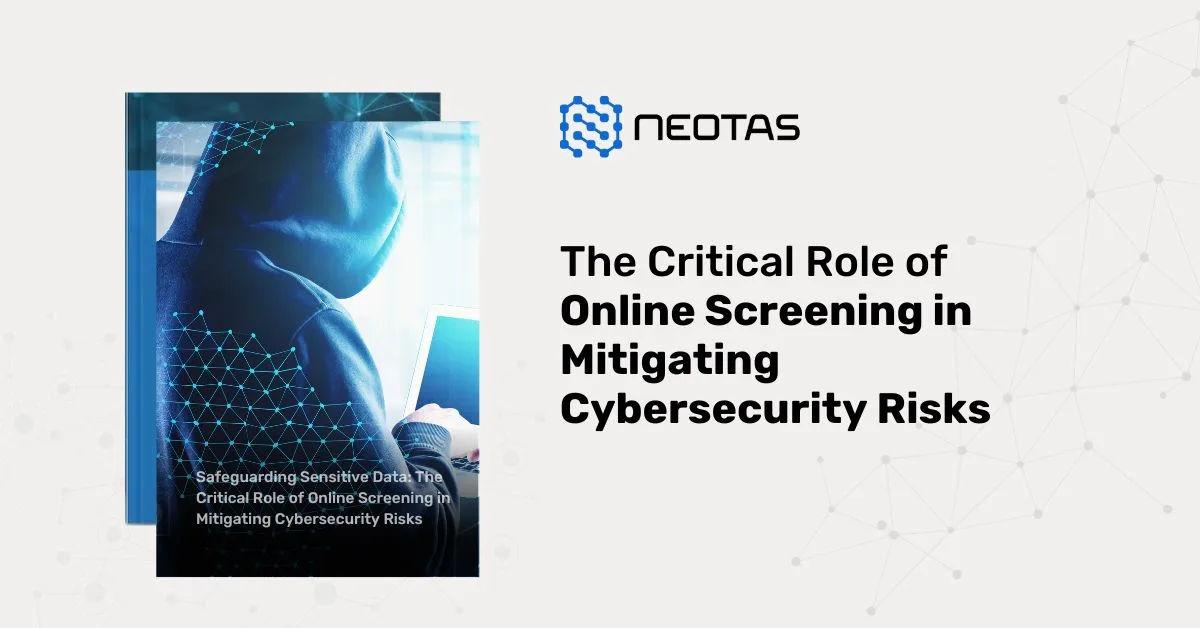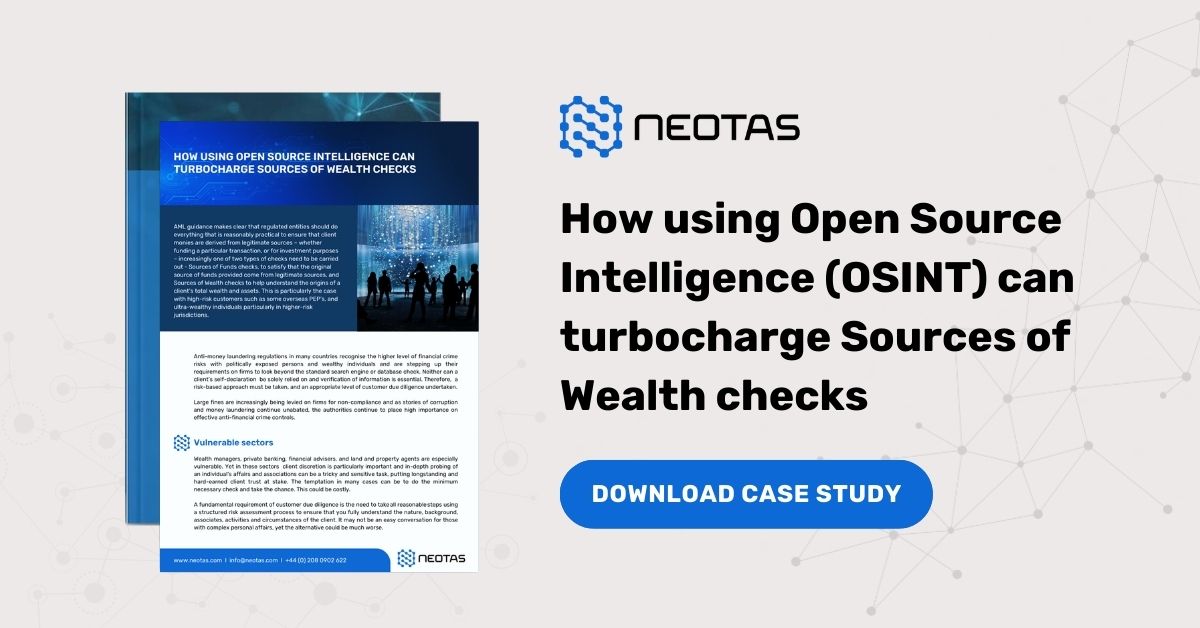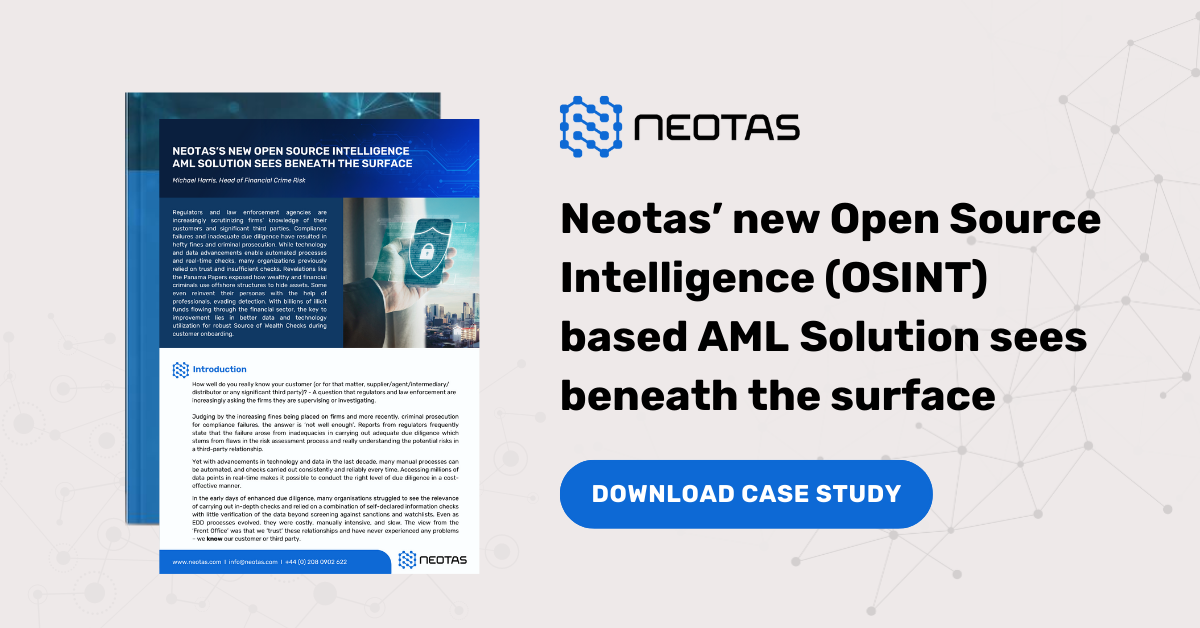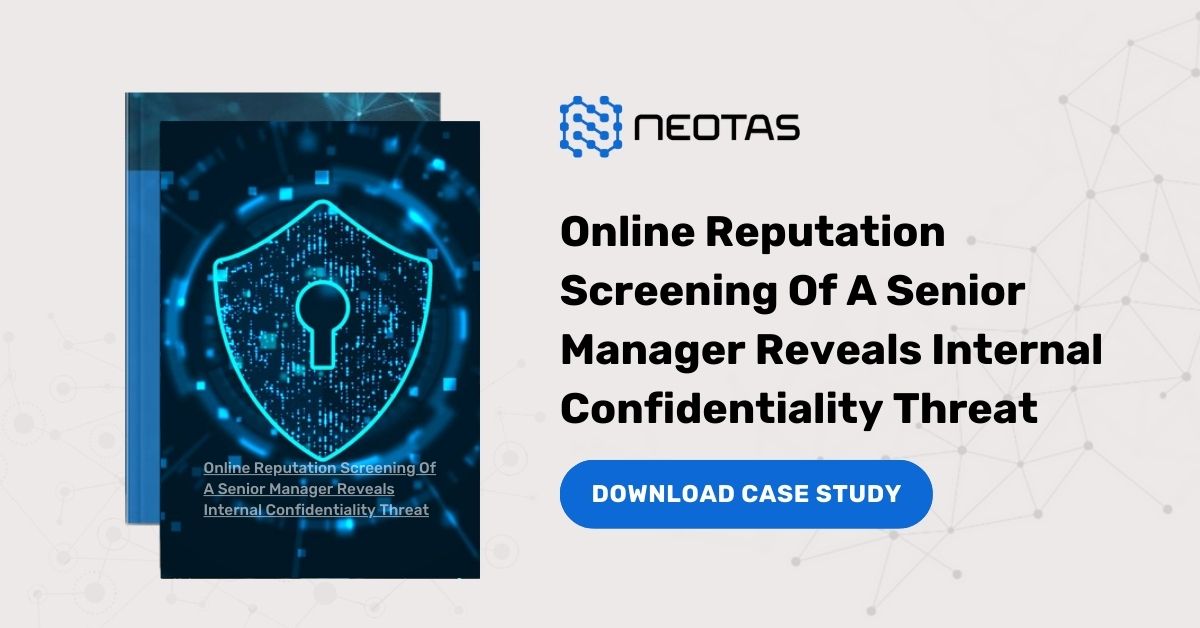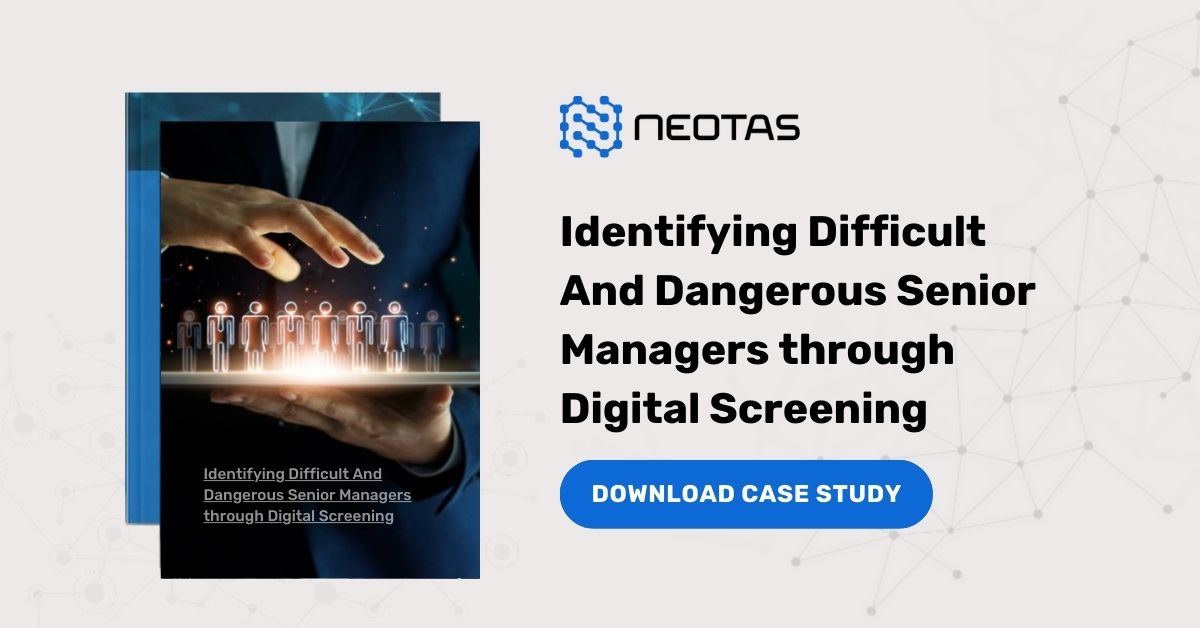How to measure the effectiveness of a TPRM program?
Measuring the effectiveness of a Third-Party Risk Management (TPRM) program is crucial for ensuring its continuous improvement and alignment with the organization’s risk management objectives. A comprehensive approach to evaluating the TPRM program’s performance involves establishing clearly defined metrics, conducting periodic assessments, and leveraging data-driven insights. By implementing a robust measurement strategy, organizations can identify strengths and weaknesses, allocate resources effectively, and demonstrate the value of their TPRM efforts to stakeholders.
The following key considerations can guide the process of measuring the effectiveness of a TPRM program:
1. Establish Key Performance Indicators (KPIs) and Metrics:
Develop a set of relevant Key Performance Indicators (KPIs) and metrics that directly align with the TPRM program’s objectives and the organization’s overall risk management strategy. These metrics should cover various aspects of the program, including risk identification, assessment, mitigation, monitoring, and compliance. Examples of potential metrics include the percentage of third-party relationships covered by risk assessments, the number of high-risk vendors identified and mitigated, the timeliness of risk assessments and reviews, and the level of compliance with regulatory requirements and industry standards.
2. Implement a Risk Scoring and Rating System:
Adopt a standardized risk scoring and rating system that quantifies the level of risk associated with each third-party relationship. This system should consider factors such as the criticality of the service or product provided, the sensitivity of data shared, the vendor’s security posture, and the potential impact on the organization’s operations. By consistently applying this risk rating methodology, organizations can track changes in risk levels over time and measure the effectiveness of their risk mitigation strategies.
3. Conduct Periodic Audits and Assessments:
Regularly conduct internal audits and assessments to evaluate the TPRM program’s adherence to established policies, procedures, and industry best practices. These audits should examine the program’s governance structure, risk assessment methodologies, risk mitigation strategies, monitoring processes, and overall compliance with regulatory requirements. External audits or third-party assessments can also provide valuable insights and an independent perspective on the program’s effectiveness.
4. Monitor Incident and Breach Rates:
Track and analyze the frequency and severity of incidents and data breaches related to third-party relationships. A well-implemented TPRM program should contribute to a reduction in the number and impact of such incidents over time. Monitoring these metrics can provide valuable insights into the program’s ability to identify and mitigate potential risks effectively.
5. Assess Vendor Performance and Compliance:
Regularly evaluate the performance of third-party vendors against established Service Level Agreements (SLAs) and contractual obligations. This assessment should cover aspects such as service delivery, incident response, security controls, and compliance with applicable regulations and standards. By consistently monitoring vendor performance, organizations can identify areas for improvement and take corrective actions when necessary.
6. Measure Cost Savings and Operational Efficiencies:
Quantify the cost savings and operational efficiencies achieved through the TPRM program. This may include costs avoided due to proactive risk mitigation, reduced regulatory fines or penalties, and streamlined vendor management processes. Additionally, track improvements in operational resilience and business continuity resulting from effective third-party risk management.
7. Leverage Data Analytics and Reporting:
Implement robust data analytics and reporting capabilities to gain insights into the TPRM program’s performance. Analyze data from risk assessments, vendor performance reviews, incident reports, and other relevant sources to identify trends, patterns, and potential areas for improvement. Regularly generate reports and dashboards to communicate the program’s effectiveness to stakeholders and facilitate data-driven decision-making.
8. Seek Stakeholder Feedback:
Solicit feedback from internal stakeholders, third-party vendors, and external experts to evaluate the TPRM program’s effectiveness from multiple perspectives. This feedback can provide valuable insights into areas such as communication, collaboration, and the overall user experience, which can inform continuous improvement efforts.
9. Benchmark Against Industry Standards and Best Practices:
Regularly benchmark the TPRM program against industry standards, frameworks, and best practices. Participate in industry forums, attend conferences, and consult with subject matter experts to stay updated on emerging trends and evolving best practices in third-party risk management. This benchmarking exercise can help identify gaps and opportunities for enhancing the program’s maturity and effectiveness.
10. Establish a Continuous Improvement Cycle:
Treat the measurement and evaluation of the TPRM program as an ongoing process rather than a one-time exercise. Incorporate lessons learned, feedback, and insights from various assessments into a continuous improvement cycle. Regularly review and refine the program’s processes, policies, and metrics to ensure they remain relevant and aligned with the organization’s evolving risk landscape and business objectives.
By implementing a comprehensive approach to measuring the effectiveness of the TPRM program, organizations can demonstrate the value of their risk management efforts, identify areas for optimization, and foster a culture of continuous improvement. This data-driven approach not only enhances the program’s effectiveness but also instils confidence among stakeholders, regulators, and customers, contributing to the organization’s overall success and resilience.
Read more about Third-Party Risk, TPRM software, and TPRM processes.
How can Neotas TPRM solutions help?
Neotas offers an innovative solution to businesses grappling with Third-Party Risk Management (TPRM). In an era of increasing outsourcing, TPRM has become pivotal, and Neotas recognises this need. Through our enhanced due diligence platform, businesses can efficiently track and evaluate vendors and contractors, ensuring adherence to security protocols in a cost-effective manner.
The Neotas platform automates the vendor onboarding process, streamlining the addition of new vendors with remarkable ease and speed.
Moreover, Neotas provides a customisable dashboard, enabling businesses to proactively identify and address emerging risks. By consolidating vital vendor information, Neotas facilitates the seamless integration of risk management into existing Customer Relationship Management (CRM) and Supply Chain Management (SCM) systems, ultimately helping businesses maximise profits while minimising risk exposure.
If you’re curious about whether our third-party risk management solutions and services align with your organization, don’t hesitate to schedule a call. We’re here to help you make informed decisions tailored to your needs.
Third Party Risk Management (TPRM) Solutions:
- Enhanced Due Diligence
- Management Due Diligence
- Customer Due Diligence
- Simplified Due Diligence
- Third Party Risk Management
- Vendor Due Diligence
- Open Source Intelligence (OSINT)
- Introducing the Neotas Enhanced Due Diligence Platform
Third Party Risk Management (TPRM) Case Studies:
- Third Party Risk Management (TPRM) Using OSINT
- Open-source Intelligence For Supply Chain – OSINT
- ESG Risk Management Framework with Neotas’ OSINT Integration
- Open Source Intelligence In AML Compliance | Case Study
- Identifying Difficult And Dangerous Senior Managers
- ESG Risk Investigation Uncovers Supply Chain Risks
- Financial Crime Compliance & Risk Management Trends
- Network Analysis Reveals International Links In Credit Risk Case
- Network Analysis and Due Diligence – Terrorist Financing
- Using OSINT For Sources Of Wealth Checks
- ESG Risks Uncovered In Investigation For Global Private …
- PEP Screening: Undisclosed Political Links Uncovered For European Organization
- Risk-Based Approach (RBA) to AML & KYC risk management
- Anti-Money Laundering (AML)
- Supply Chain Risk Management
- Due Diligence Explained: Types, Checklist, Process, Reports

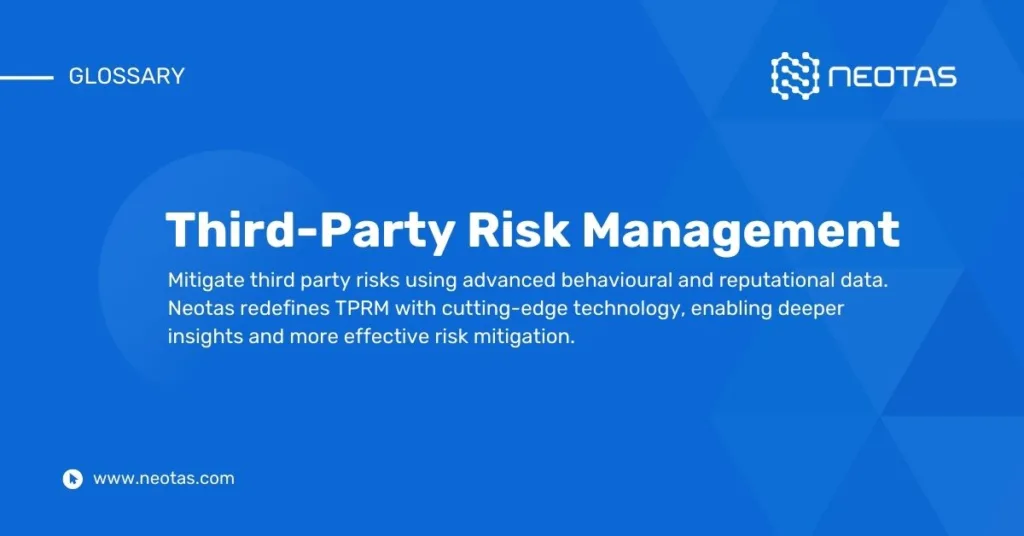

 Financial Crime Compliance Trends 2024
Financial Crime Compliance Trends 2024